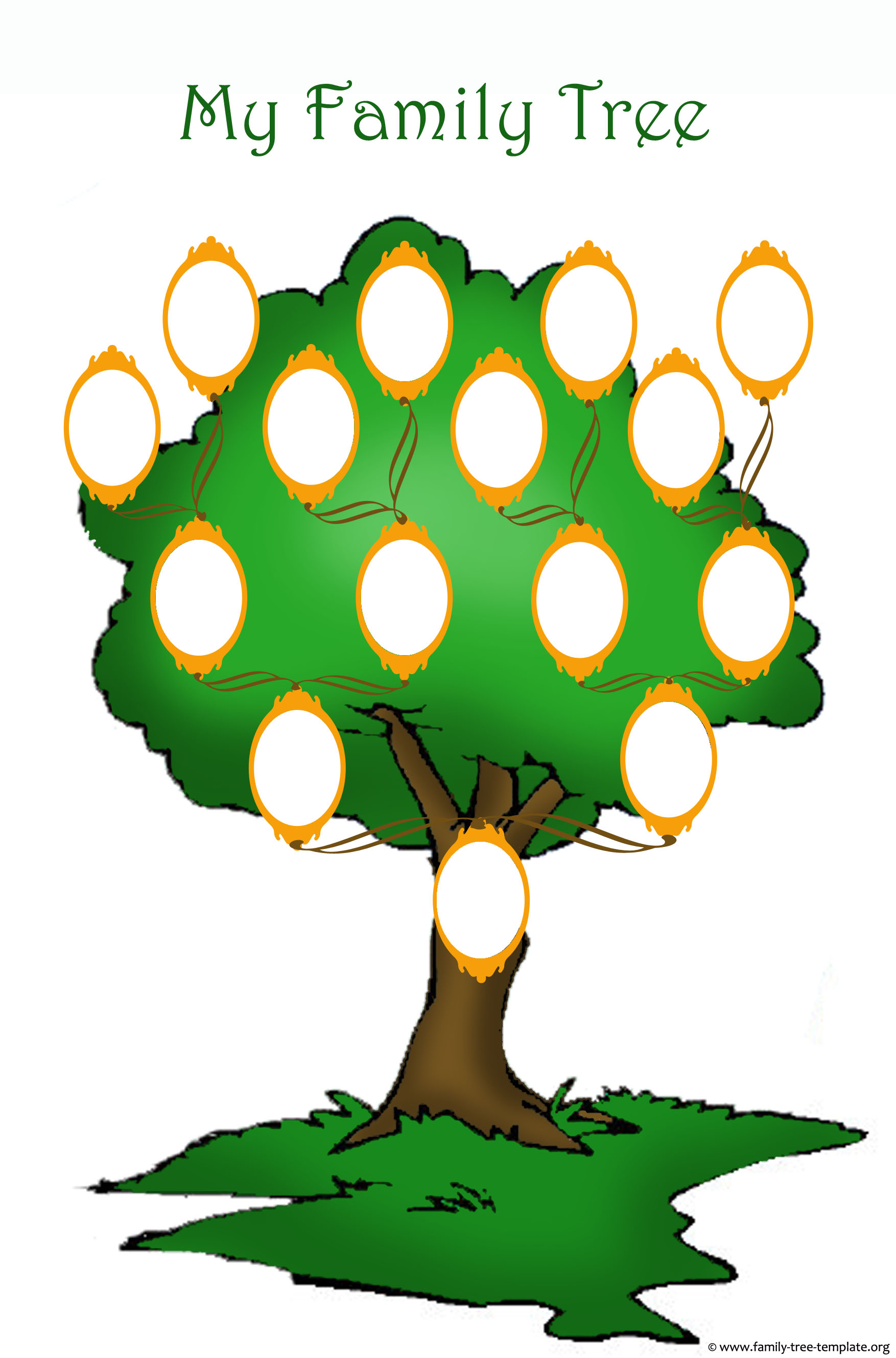

Variations can help you find what you're looking for. When searching a genealogy database indexed by name, don't be afraid to try multiple spellings, and don't fill in every search parameter box. Even if you think you know the exact address, you might be faced with sifting through pages and pages filled with hard-to-decipher handwriting to find their names.

To find actual records through the National Archives site, you need to know where your ancestors lived at the time the census was taken. Otherwise, you'll have to find the exact page your ancestors appear on, and since the census takers went street by street collecting data, the information is not alphabetical order. Sites such as (by subscription) and (free after registration) have digitized records, searchable by name, which can be a real time-saver. Such documents are available from the National Archives, and the institution advises people to start with the most recent census and work backward. For instance, in 2012, the 1940 census became public record. Census records become available to the public after 72 years. The federal income tax was introduced not long after the Civil War, and those records may also contain valuable information to help you flesh out your family history.įinding Census Data to Fill Out the Chart Court filings that can be helpful in a genealogy search include adoption, guardianship, and probate records.

While you're there, search land records (deeds), court cases, and tax rolls. If you know the location of an ancestor's birth, marriage, or death, begin with those counties to request basic records. In a family tree, the ancestors branch out from the bottom to the top of the page in a fan chart, they're displayed in a fan shape, while a pedigree chart looks like half of a sports bracket and displays the pertinent information reading from left to right. The difference between them is in how that information is displayed. All of them show the same basic types of information, such as birth, death, and marriage years for ancestors going back several generations. A number of websites offer free ancestry charts and forms to view, download, save, and print, including family tree-style documents, fan charts, and pedigree forms.


 0 kommentar(er)
0 kommentar(er)
